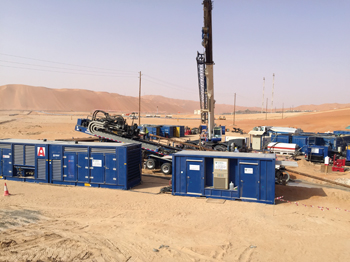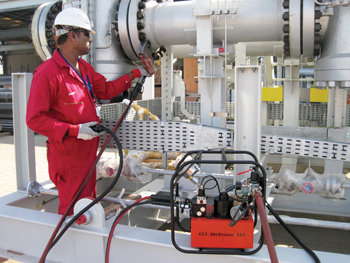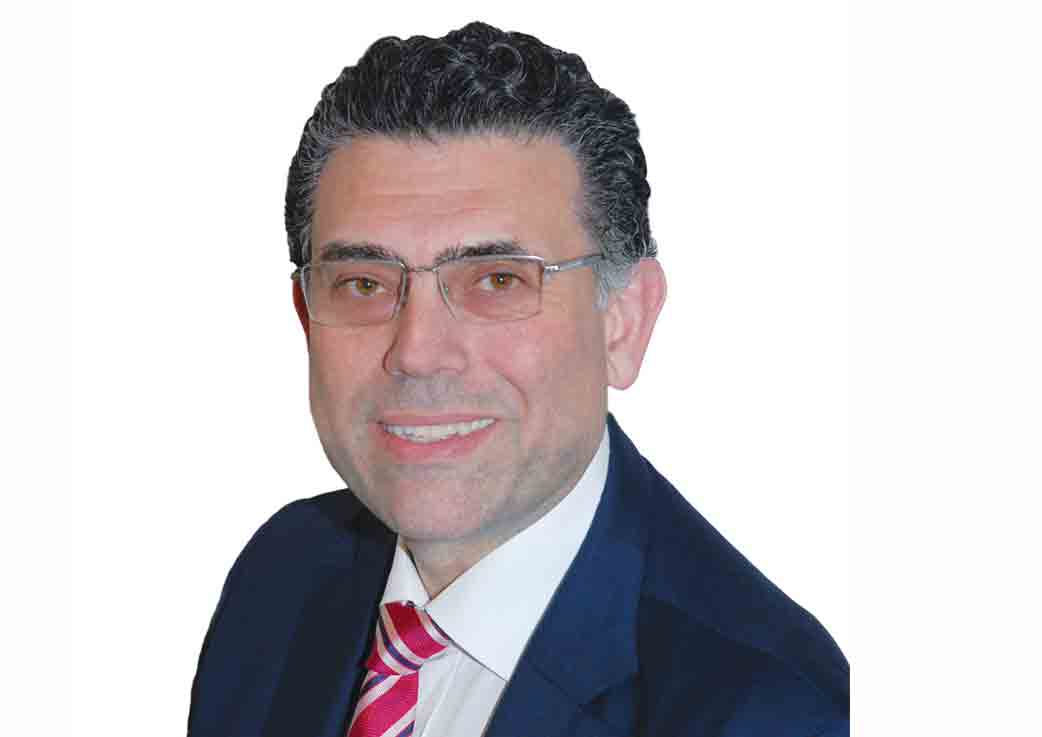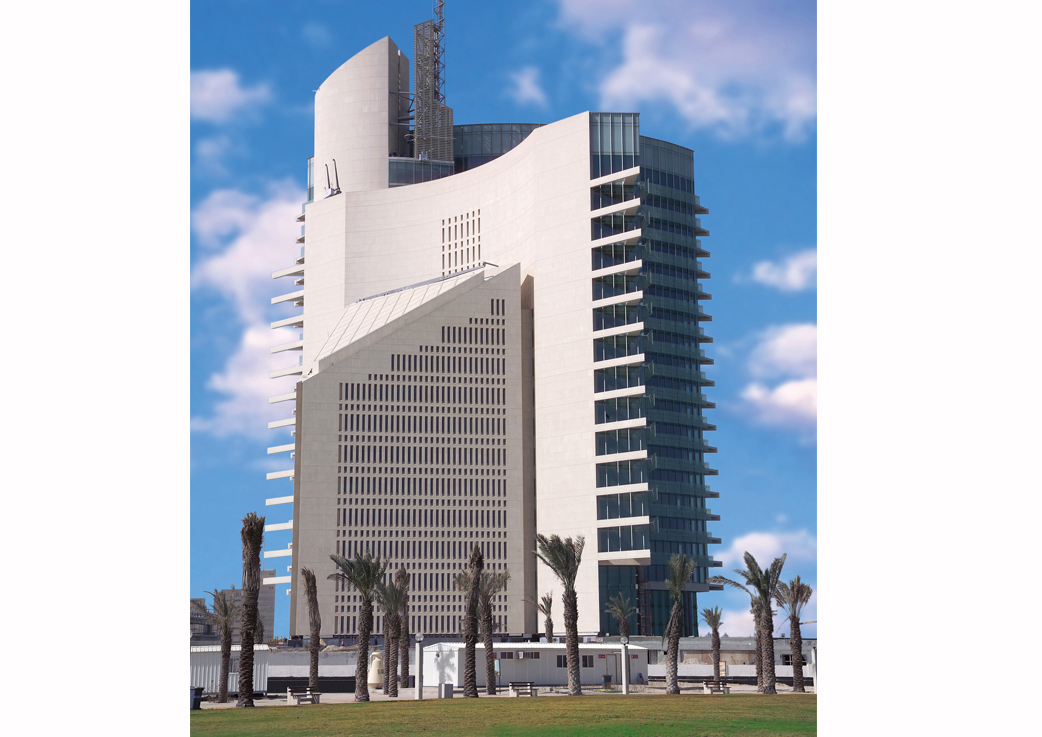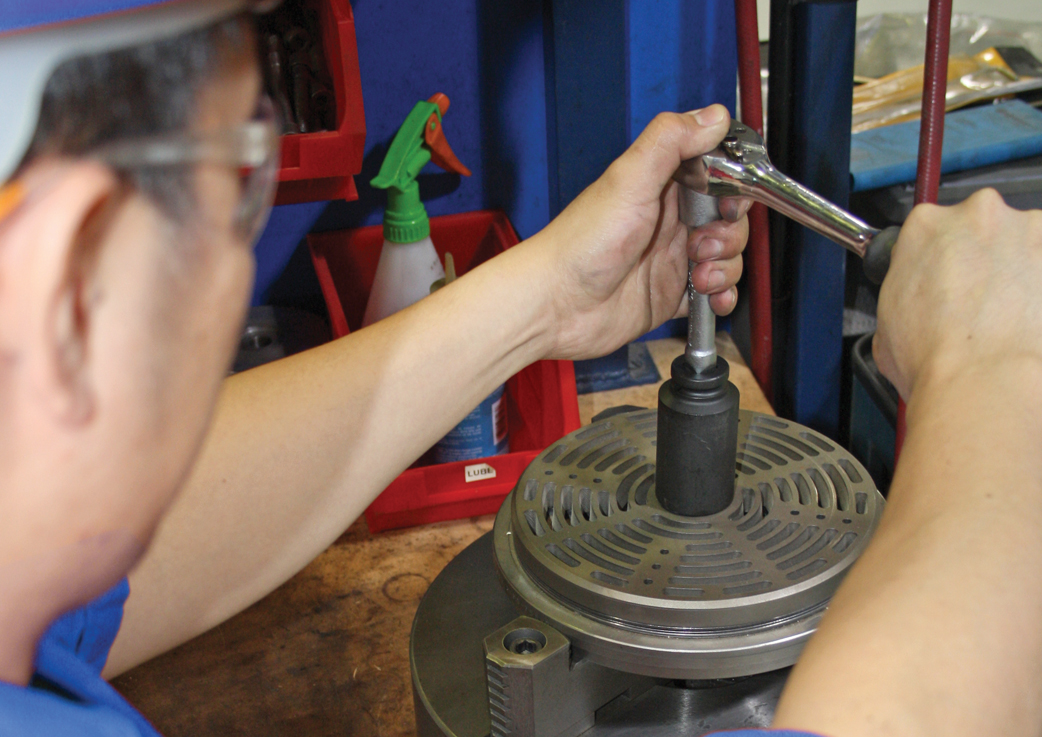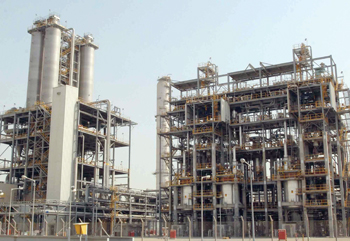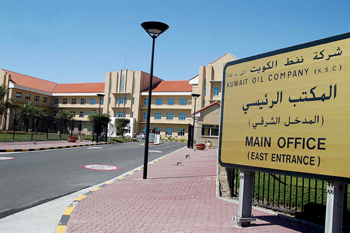
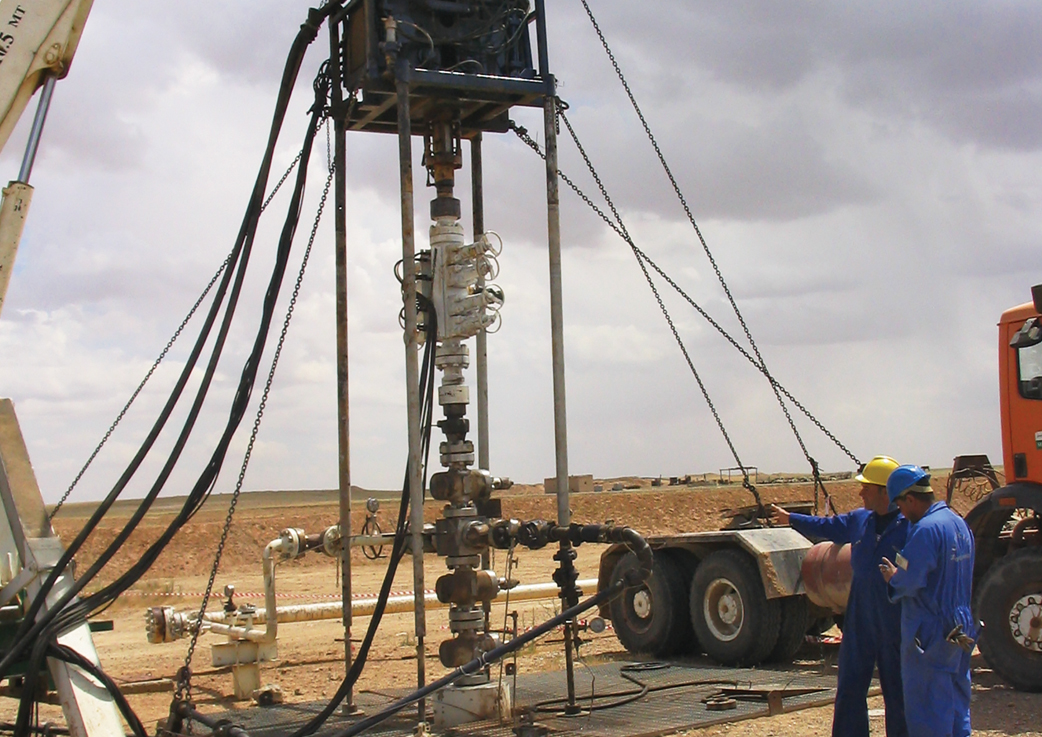 KPC ... undaunted by the oil price fall
KPC ... undaunted by the oil price fall
Kuwait, the Organization of the Petroleum Exporting Countries’ (Opec) third largest oil producer, plans mega-investments of about $100 billion in the next five years to modernise oil infrastructure, the country’s oil minister says.
“We already have started the implementation of the 2030 strategy, and overall spending over the next five years is estimated to be at $100 billion,” Ali Al Omair says. The funds “will be spent on various projects related to production, refining, petrochemicals, as well as transportation,” Omair says. Kuwait plans to increase its crude production capacity to 4.0 million barrels per day (mbpd) by 2020 and maintain it until 2030 from the current level of about 3.2 mbpd.
The investment plans come as oil prices have shed about 60 per cent of their value since June. Income from the sector accounts for around 94 per cent of Kuwait’s public revenues. The government had earlier proposed investment spending of $155 billion during the next five-year development plan starting in April.
Nizar Al Adsani, the chief executive of national oil conglomerate Kuwait Petroleum Corp (KPC), says the state plans to raise its production capacity to 3.5 mbpd by the end of 2015. “We are focusing on the upstream where the challenges are so great. It is our strategy to invest to maintain excess capacity,” says Adsani.
In the past year, Kuwait has launched two mega projects – one worth $12 billion to make two of its three refineries more environment-friendly and another valued at $4.2 billion to produce heavy crude. It is still reviewing bids for a $15 billion project to build a new 615,000-bpd refinery.
Oil and gas companies may want to think twice about slicing capital spending as a way to cope with the lower oil price environment given that the cutbacks could create more instability in the market, says Adsani. “Today we see announcements that IOCs and some of the NOCs are curtailing investment decisions and this will spark more volatility in the price,” he says. “This is a capital intensive business that requires time for production to come on board ... demand cannot be met instantaneously.”
“We have to be careful,” cautioned Adsani. “To eliminate volatility, you have to invest.”
Adsani says that Kuwait Petroleum Corp, as an NOC, is taking a long-term view regarding investments and that strategic decisions made today will be enacted three to five years from now.
 |
Al Omair ... implementing the 2030 strategy |
Adsani says that the volatility in the prices will reach an equilibrium probably in the second quarter or the second half of the year. At that point, the price will gradually go up, but “we will never see in the coming three or four years $100 oil price that we are accustomed to.”
“We are trying to show the market that we are vibrant, secure, and stable,” he says.
Given that Kuwait Petroleum Corp is a low-cost producer, it will try to maintain its market share in this volatile price environment – but the higher-cost producers in the US unconventional and the Canadian oil sands will end up being hurt with prices so low, he says.
Kuwait is also forging head with a new refinery project costing KD4 billion despite the oil price slump, Kuwaiti officials says. The construction of Al Zour refinery is part of plans to boost refining capacity to 1.4 mbpd by 2019 from 940,000 bpd at present.
The state refiner Kuwait National Petroleum Corp (KNPC) is still receiving offers for the five packages for construction. “We received offers for two packages and the other three (will be received) by March 8,” says Ahmad Al Jemaz, the deputy chief executive for Mina Abdullah refinery at KNPC.
“We are targeting 2019 and hopefully if the tendering process goes as planned, hopefully we can meet that date.” Kuwait will boost its crude products exports by up to 80 per cent once the refinery starts operation, he added. Apart from Al Zour, Kuwait is ploughing ahead with a clean fuels project to upgrade refining at the existing three refineries.
The project is set for completion in the first quarter of 2018. As part of the project, the country’s oldest refinery, Shuaiba is expected to be closed in April 2017, Al Jemaz adds. The new refinery could be integrated with a petrochemical project that is currently under study. “The new refinery is under feasibility study to integrate the new refinery with the petrochemical plant.
There is a consultant working on the pre-feasibility study to select the most economic option,” says Fahhad Al Ajmi, a team leader at KNPC. “We are expected maybe after 10 days, two weeks maximum, to select the best option for the integration of refinery and petrochemical plants. Then we will start the feasibility study.” The feedstock for the petrochemical plants will be coming from the new refinery, however if there is any shortage for the feedstock it will come from the clean fuels project, Al Ajmi says.
Kuwait is perhaps the most oil dependent of the GCC nations, with oil and gas sales making up at least 45 per cent of its GDP. Oil and gas accounts for a staggering 95 per cent of Kuwait’s export revenues, the highest levels in the GCC.
With this dependency on upstream oil and gas, Kuwait has been hit hard by the recent plunge in oil prices, and must now look to follow the lead of Saudi Arabia and the UAE by diversifying its economy away from over reliance on unrefined crude exports.
To this end, Kuwait National Petroleum Co (KNPC) recently announced plans to invest $40 billion by 2022 on a number of key projects, including the new Al Zour refinery and a clean fuels project.
 |
Al Adsani ... focusing on upstream |
KNPC’s CEO, Mohammed Ghazi Al Mutairi, confirms that the company would look at the expansion and modernising of the Mina Al Ahmadi and Mina Abdullah refineries, with a focus on producing high-grade products such as diesel and kerosene, as part of its clean fuels initiative.
Kuwait currently has three refineries with a combined capacity of 930,000 bpd.
Under the project, the capacity of the Mina Al Ahmadi refinery will drop to 347,000 bpd from 466,000, while Mina Abdullah’s will rise to 454,000 bpd from 270,000.
Mutairi says these projects would be completed between 2018 and 2022.
Meanwhile, state upstream operator Kuwait Oil Company says that it would award the tender for an engineering, procurement and construction turnkey contract to build heavy oil production facilities in the north of Kuwait later this year.
The first phase of the heavy oil production project will cost $4.2 billion, with the contract to be awarded by the end of this year, KOC chief executive officer Hashem Hashem says.
KOC has previously announced it would award the tender before the end of 2014. The delay by a few months on major hydrocarbon development projects is not uncommon in Kuwait’s oil industry, analysts have remarked earlier.
Hashem says in October that the contract would be awarded to a single international contractor whose task would be to construct facilities to process heavy crude oil, build pipelines, and facilitate export of that oil from export infrastruture at Kuwait National Petroleum Co.’s south tank farm and the planned 615,000 bpd refinery at Al Zour in the south of Kuwait.
KOC has already selected a project managing consultant for the heavy oil contract, but has yet to disclose the name.
The company plans to pump 60,000 bpd by 2018 during the heavy oil project’s first phase.
KOC will increase heavy oil production gradually until it reaches its target output of 270,000 bpd by 2030, the company’s well surveillance manager Saeed Al Shaheen says.
Most of the heavy oil development is expected to come from Kuwait’s Lower Fars formation mainly within the aging northern field of Rutga, and also Lower Fars in neighboring Sabriya, and Bahra fields.
Lower Fars is situated at a depth of between 450 and 650 feet, and net pay from the northern fields runs between an estimated 10 to 60 feet. The heavy oil has a gravity of between 11 and 17 API.
KPC is a state-owned integrated energy company, that has operations throughout oil and gas value chain including, exploration, production, development, refining and marketing, and transportation business activities related to petroleum products.
Its significant focus on research and technology has enhanced its business operations. Moreover, its supply agreements with Ethiopian Petroleum Enterprise (EPE) and Pakistan State Oil Company (PSO) coupled with prospects in North Sea would enhance its operations further. However, volatility in oil and gas prices, rising capital cost and exploration and development risks would affect its operations.
The company has a significant focus on research and technology. KPC’s research and development centres include GC-01 Kuwait Integrated Digital Field (KwIDF) project in South &East Kuwait; Burgan Collaboration Centre; and Q8 Research & Technology Centre located in the Netherlands.
The company takes up various research and development projects, including a project in cooperation with the Kuwait Institute for Scientific Research (KISR), for service on the evaluation and combating the growth of microbes at fuel storage warehouses in Ahmadi and Shuaiba refineries; and a project regarding an environment-friendly catalysts used for industrial gas flaring about Kuwait University.
The company has a research and technology roadmap for 2030 being implemented.
They completed a study to meet the requirements of the Kuwaiti oil sector on developing solar energy technology. The company’s significant focus on research and technology has enhanced its position in the competitive market.
The company’s presence in various countries where there is a demand for its products helps it expand its business further and increase its revenues. The company operates in various locations including, Kuwait, Pakistan, India, the US, China, Japan, Singapore and the UK. The operations of the company are strategically located either near the raw material or an important market for the product.
The company operates in the US through its office in Houston, Texas, which is known as oil capital of the world, and in emerging economies like India and China, where the demand for oil is more. The global presence of the company gives it a strategic advantage over its competitors.
KPC is one of the world’s largest integrated oil companies. The company operates through its subsidiaries in all aspects of the hydrocarbon industry, such as, onshore and offshore upstream exploration, production and refining, marketing, retailing, petrochemicals, and marine transportation.
KPC’s domestic upstream operations are carried out by its subsidiaries Kuwait Oil Company (KOC) and Kuwait Gulf Oil Company.
Its subsidiary Kuwait Foreign Petroleum Exploration Company (Kufpec) carries out upstream exploration and production activities in regions outside Kuwait. The company’s domestic downstream operations includes, refining, gas liquefaction, chemicals and fertilizers, petrochemicals, marine transport and aviation fueling. Its domestic refinery operation is carried out by Kuwait National Petroleum Company (KNPC).










































































